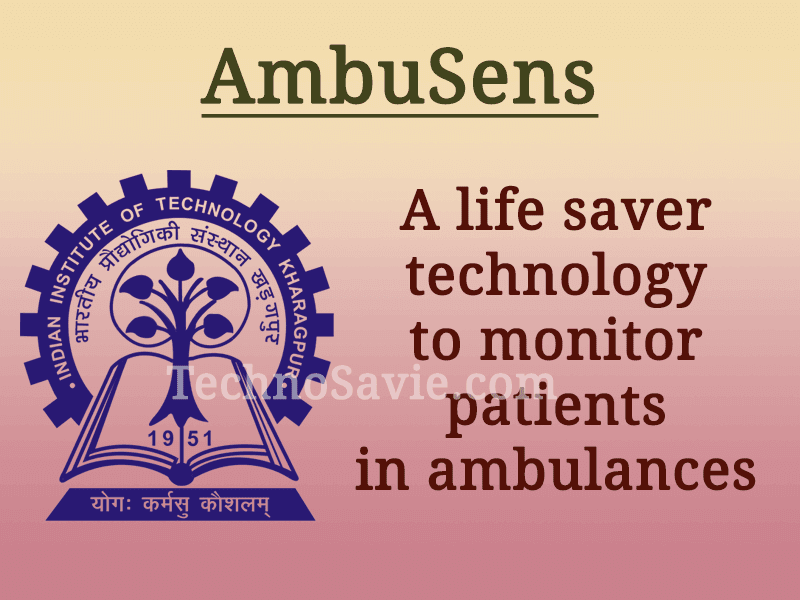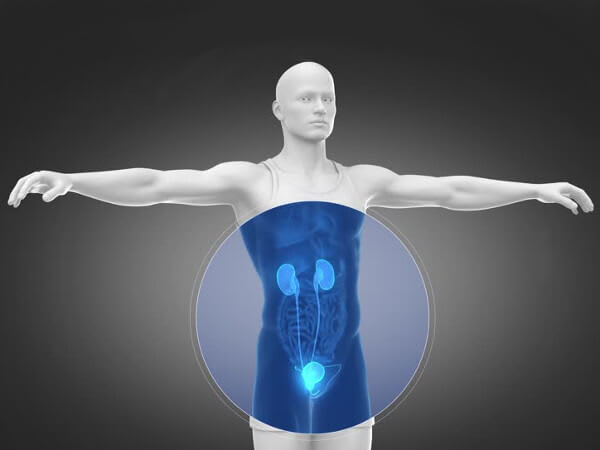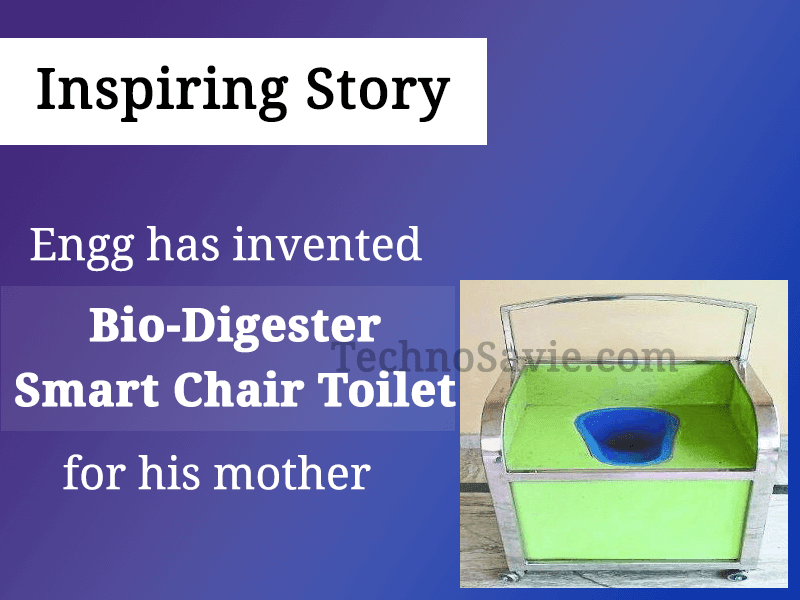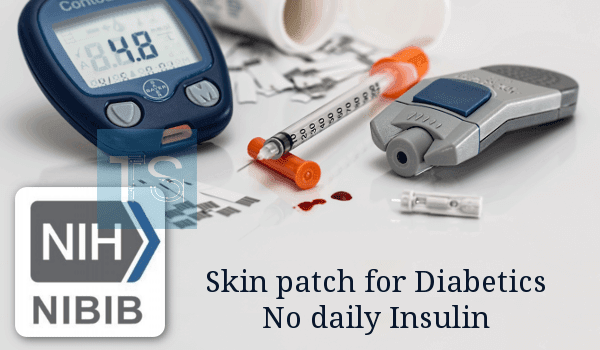
Diabetes is one of the most worrying health diseases. It is a chronic illness where one’s body is unable to control its blood glucose level, which may also lead to heart disease, kidney failure, blindness, amputations, etc. Adults with diabetes have a 2-to-3-fold increased risk of heart attacks and strokes.
India’s battle with Diabetes
According to the International Diabetes Federation (IDF), India has the 2nd most number of diabetic patients in the world (72.9 million). IDF has projected that the number of diabetic patients in India will soar to 123 million by 2040. Currently, 5% of the Indian population suffers from diabetes.
Cure
To cure this disease, most of us require Insulin therapy, which is a very painful technique.
Now, scientists have developed a skin patch that can deliver drugs to regulate blood sugar in diabetics for days at a time. This would put an end to the need for painful daily Insulin injections and needle pricks.
Before we go further, get the rough idea of diabetes (for those who don’t know even ABC of this disease)
Diabetes is a group of metabolic diseases characterized by high blood sugar levels. It can be caused by-
- Pancreas not producing insulin (type 1 diabetes) or
- Insulin resistance (cells do not respond to insulin; type 2 diabetes)
Here, researchers at the National Institute of Biomedical Imaging and Bio-engineering (NIBIB) in the US have focused on the Type 2 Diabetes (T2D), so let’s detect the global scenario related to this serious disease.
READ MORE Detect Kidney Disorders accurately within 8 minutes through new Biosensor
Type 2 Diabetes (T2D)
Approx 285 million people got effected with all types of diabetes (in 2010), of which 90% of diabetic patients suffer from Type 2 Diabetes (T2D) and the number is increasing year by year.
Many require insulin therapy that is usually given by injection just under the skin in amounts that are calculated according to the deficit in naturally generated insulin in the blood. As per study, the Insulin therapy is not managed well in half of all cases.
Major cause of Diabetes?
On this issue, NIBIB researchers said:
A typical clinical pathological feature of diabetes is a disorder of glucose regulation, which results in severe complications such as retinopathy, nephropathy, neuropathy, and so on, significantly reducing the patient’s quality of life.
Type 2 Diabetes (T2D): Biochemical Formula
Here, researchers at the National Institute of Biomedical Imaging and Bio-engineering (NIBIB) in the US have focused on the Type 2 Diabetes (T2D) and developed a biochemical formula of mineralized compounds that interacts in the bloodstream to regulate blood sugar for days at a time.

NIBIB researchers led by Xiaoyuan (Shawn) Chen explained that –
- When blood sugar is elevated beyond a precise point, it triggers a reaction with copper phosphate and glucose oxidase to produce slight acidity, which causes calcium phosphate to release some exendin-4.
- Rising glucose levels trigger the release of exendin-4; but exendin-4 then gets insulin flowing to reduce the glucose level, which slows down and stops release of exendin-4. Hence, it is a responsive or smart, release.
Therefore, according to researchers, their approach creates a wave of fast release when needed and then slows or even stops the release when the glucose level is stable.
Experiment approach: T2D
NIBIB researchers have performed successful tests in mice and published the work in Nature Communications. In the research work, they showed that the biochemically formulated patch of dissolvable micro-needles can respond to blood chemistry to manage glucose automatically.
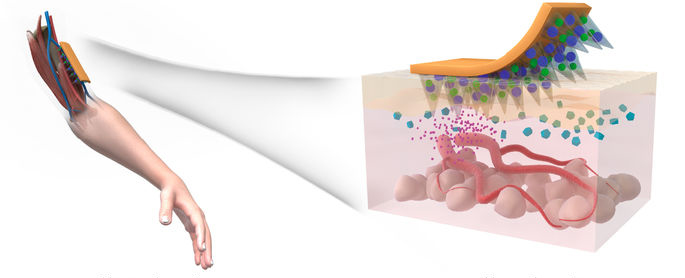
This experimental approach could be a way to take advantage of the fact those persons with type 2 diabetes can still produce some insulin. A weekly micro-needle patch application would also be less complicated and painful than routines that require frequent blood testing.
Insulin
Insulin is a hormone made in the pancreas and secreted into the bloodstream to regulate glucose in response to food intake. It is needed to move glucose from the bloodstream into cells where the sugar can be converted to energy or stored. Types of diabetes:
- In Type 1 Diabetes (T1D), usually diagnosed in children and young adults, the body does not make insulin at all.
- Type 2 Diabetes (T2D), which can be diagnosed at any age but more commonly as an adult, progressively lessens the body’s ability to make or use insulin.
Untreated, diabetes can result in both vascular and nerve damage throughout the body, with debilitating impacts on the eyes, feet, kidneys, and heart.
Proverb
There is one proverb that suits here – “Prevention is better than cure“. You have to change your life style to get rid of from this disease. Excerpts of basic prevention methods for this disease:
- Do regular exercise
- Eat healthy & balanced diet
- Avoiding increased fat intake
- Avoid tobacco
It is also advisable to undergo regular health check-ups since high blood sugar is not registered by a person unless it is extreme, which can be fatal.
NIBIB researchers have shown that a type-2 diabetes therapy combo can be packaged into a painless skin patch that responds to sugar levels in the blood. They performed successful tests in mice and published the work in Nature Communications #NIBIBfunded https://t.co/AfCGrTrrTX pic.twitter.com/LKW6F7g4jT
— NIBIB (@NIBIBgov) December 22, 2017



